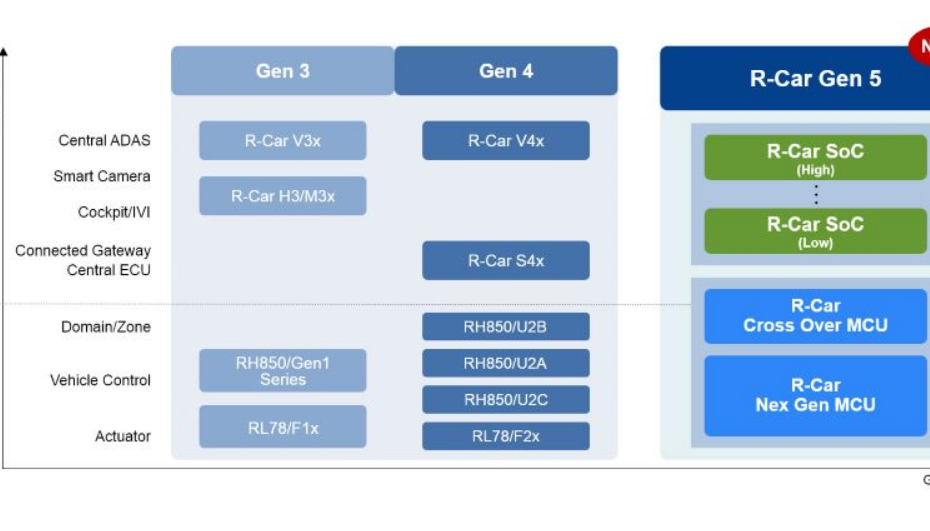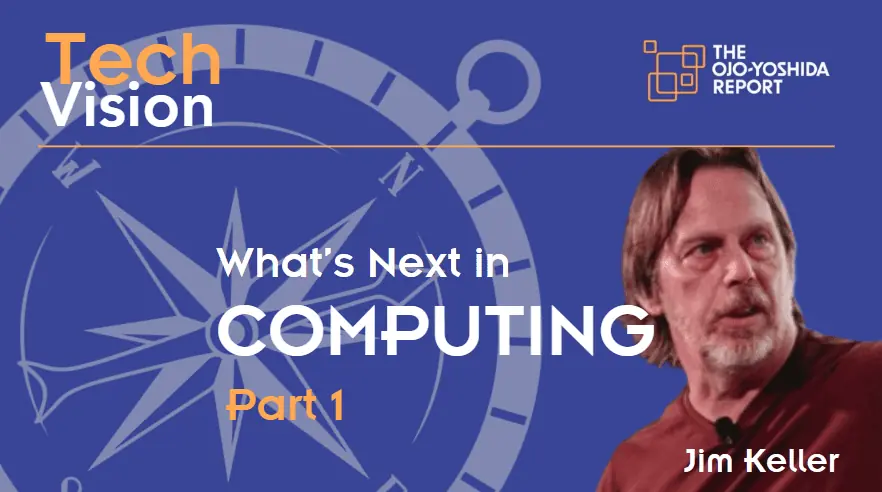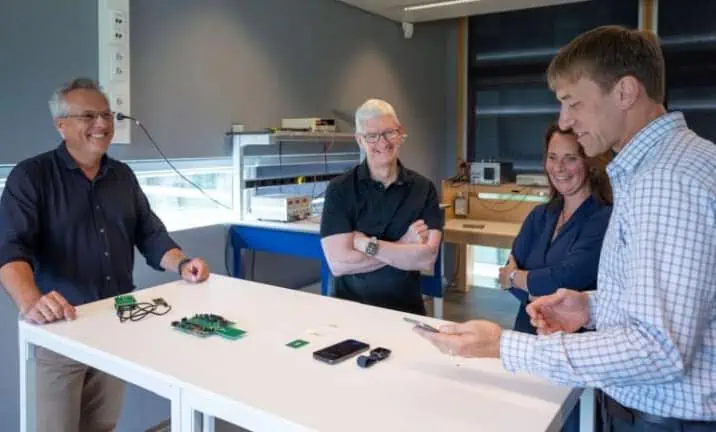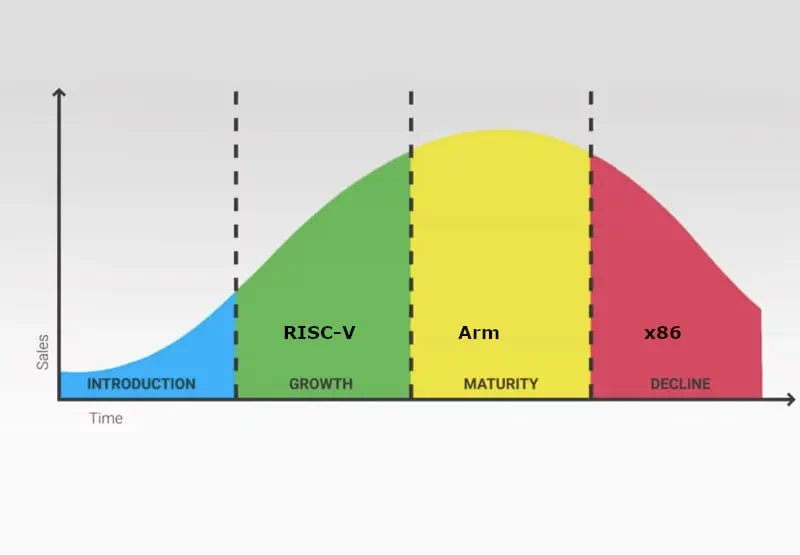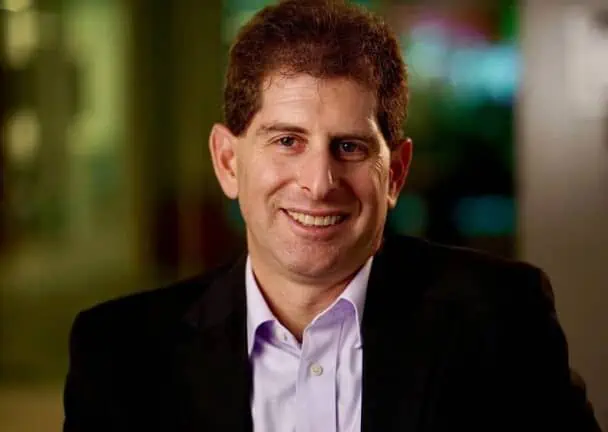Renesas’ Automotive Future: Go Big on Chiplets
What’s at stake:
While Nvidia, Qualcomm and Mobileye tend to suck the oxygen out of the next-gen automotive E/E platform discussions, other automotive semiconductor companies must pick a spot where they think they can win and hold onto their share. But by pre-announcing this week the Gen 5 R-CAR SoCs and their new chiplet options, Renesas is planning to cover a broad range of automotive architecture. Will the new strategy work?
Renesas Electronics this week unveiled its latest automotive semiconductor strategy. Executives laid out the company’s planned product offerings ranging from high-performance SoCs to Arm-based automotive MCUs, and automotive chiplet options.
Read More »Renesas’ Automotive Future: Go Big on Chiplets
